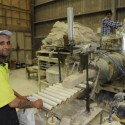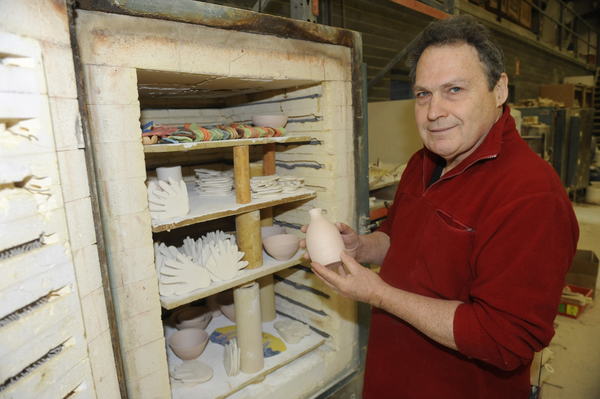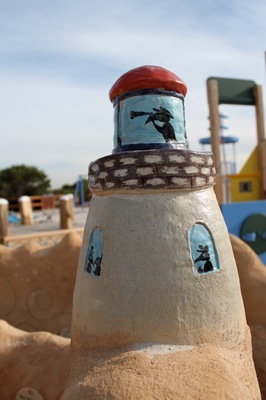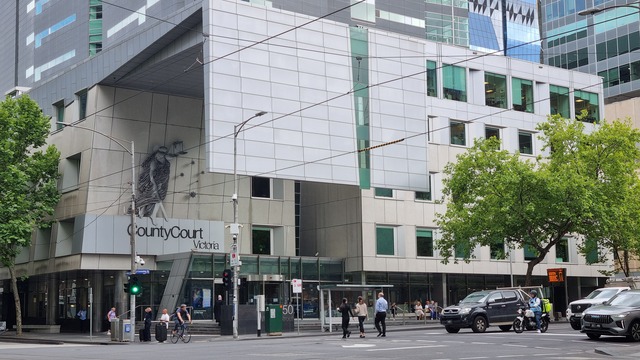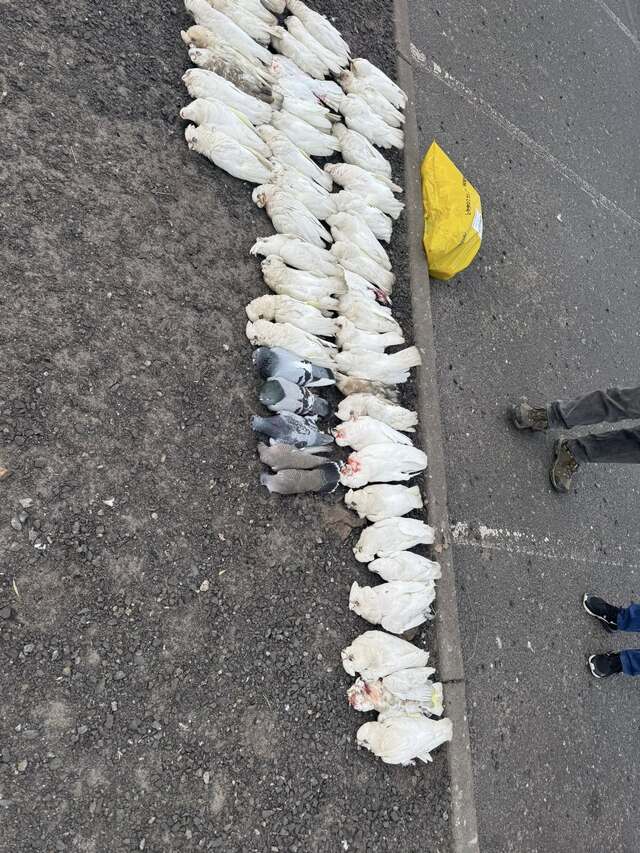By CASEY NEILL
POTTERS around the world are making masterpieces with clay made in Dandenong.
Clayworks Australia makes an appearance in canoe-shaped sculptures that appear to glide through the Dandenong Civic Centre foyer.
“Some of those are bone china, but one of them is made out of southern ice porcelain,” director Max Campbell said.
“Southern ice porcelain is one of the best studio porcelains in the world and we export it to Singapore, Hong Kong, France, Germany, Italy, Switzerland, Austria, the UK, the US and New Zealand.
“It’s very white, very translucent and it’s fully vitrified (glasslike).
“We mix the materials in a big plunger with water. It’s like a food processor with a 54-horsepower motor on it.”
Mr Campbell said machines then sieved, filtered and de-aired the mixtures.
“The production process is a bit unusual. It’s a relatively expensive production process but you get a very good product at the end,” he said.
He said porcelain was at the top end of Clayworks’ 35-strong clay range.
It’s about half clay, one quarter silica and one quarter feldspar, which is a chemical agent that melts.
“When you make glass you use feldspar and silica as well, but you don’t use the clay,” he said.
“Schools don’t want to use that sort of material – it’s very difficult to work with.
“We make school clay, we make clay for hand working and we produce terracotta pottery clay.”
Clayworks uses clay mined in Bacchus Marsh and Axedale in Victoria and from Gulgong, near Mudgee in New South Wales.
“This used to be one of the premium pottery clays in Australia but, unfortunately, the pit is coming to an end,” he said.
“We’re dealing with a finite resource and have to constantly adapt our techniques.”
Will Mulder started Clayworks more than 30 years ago.
“He was a potter and he started making clay for his own use. He started selling potter’s clay and it just grew from there,” Mr Campbell said.
“We’d probably have an output of maybe 100 tonnes a month.
“Schools are our biggest market, followed by artists and potters and there are still a few production houses around.
“Robert Gordon Pottery in Pakenham is one of our customers.”
Mr Campbell came on board 18 years ago.
“People in other industries do it because they have to do it,” he said.
“People in this industry do it because they want to do it. Your customers become your friends.”
He also loves to see the creations from sculptors like James Cattell, which often come back to Clayworks for glazing and firing.
The company also regularly hosts sculpture workshops.
“We make rectangular blocks of clay. It’s just fantastic to see what people make,” he said.
Mr Campbell said the industry was about 15,000 years old but there was still opportunity for innovation.
“Traditionally, you would fire at earthenware or stoneware. Earthenware’s about 1100 degrees, stoneware’s about 1280 degrees,” he said.
“We brought in a number of clays that fire in between those.
“They have the performance of a high-fired body but at a lower temperature and that saves a lot of energy.”
Factory manager, director and part-owner Doug Hocken has been with Clayworks since 1990.
He said Clayworks customers were also innovating to combat cheap Chinese imports.
“Little studio potters are now eking their way into that part of the market place and supplying designer, one-off type ware,” he said.
“The cafe set is demanding a personalised experience. Part of that personalised experience is having your food served on a unique plate.”
Visit www.clayworksaustralia.com for more information.

